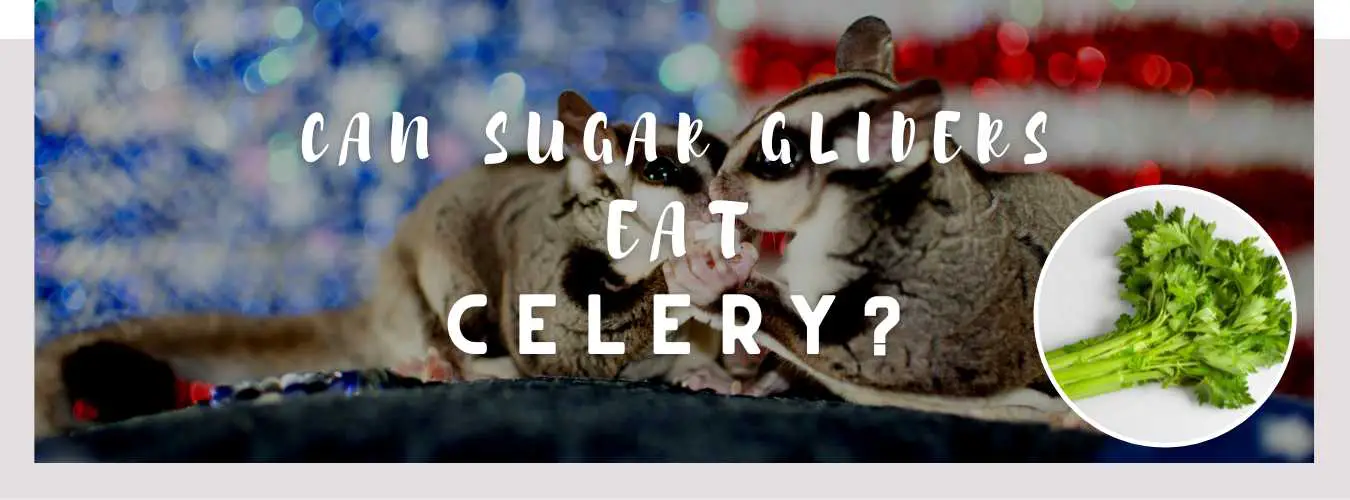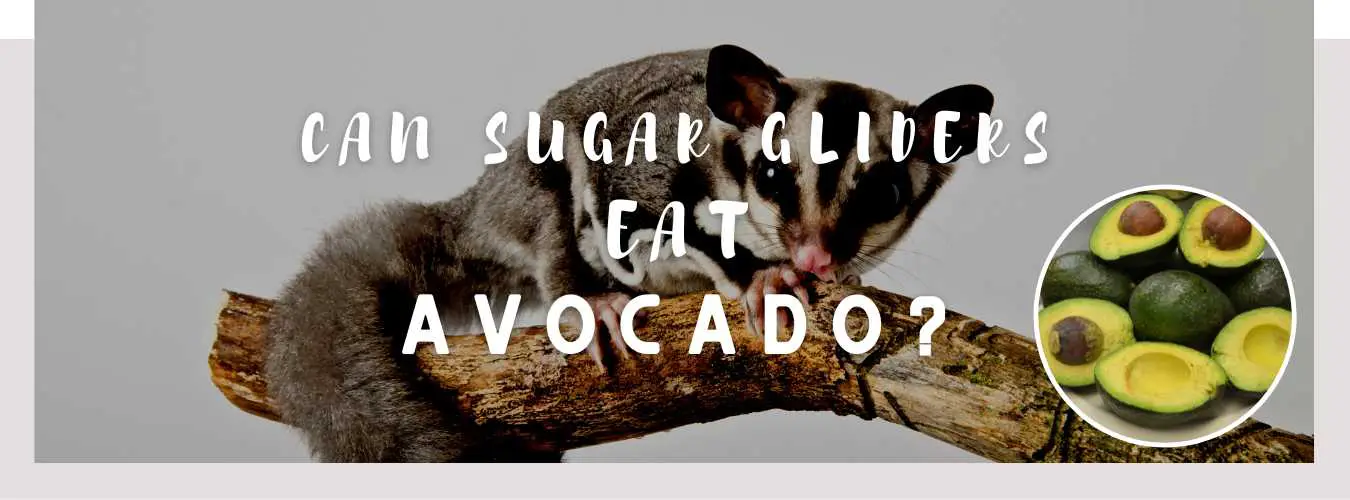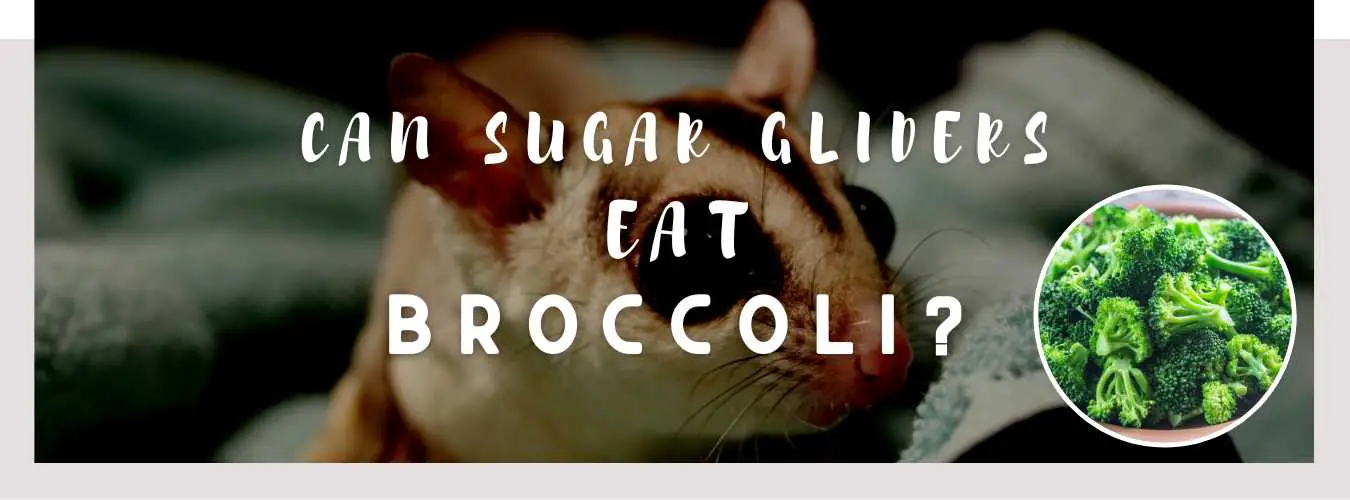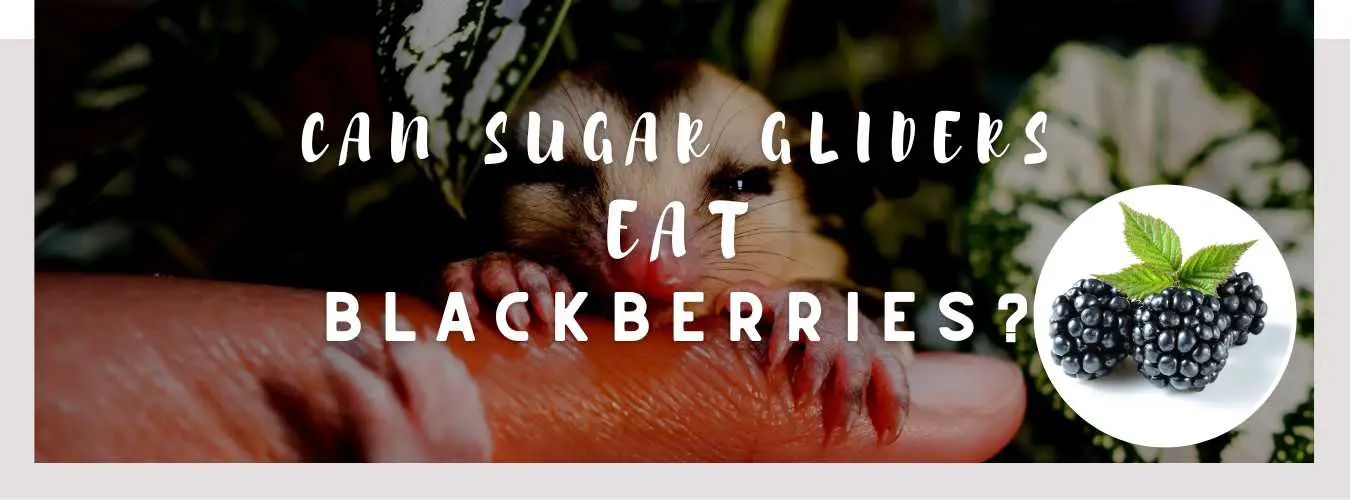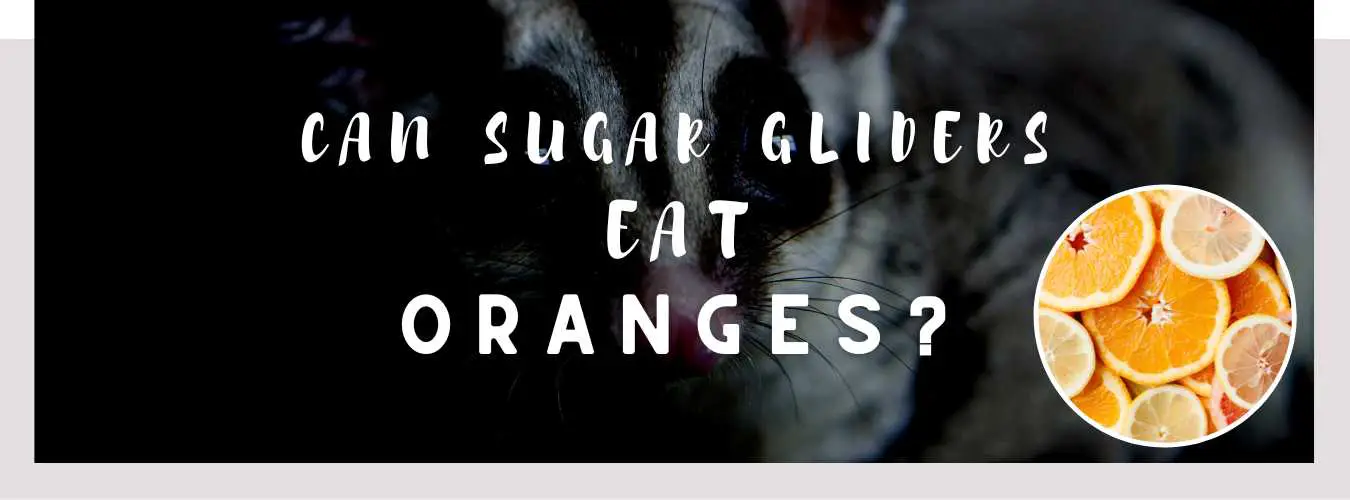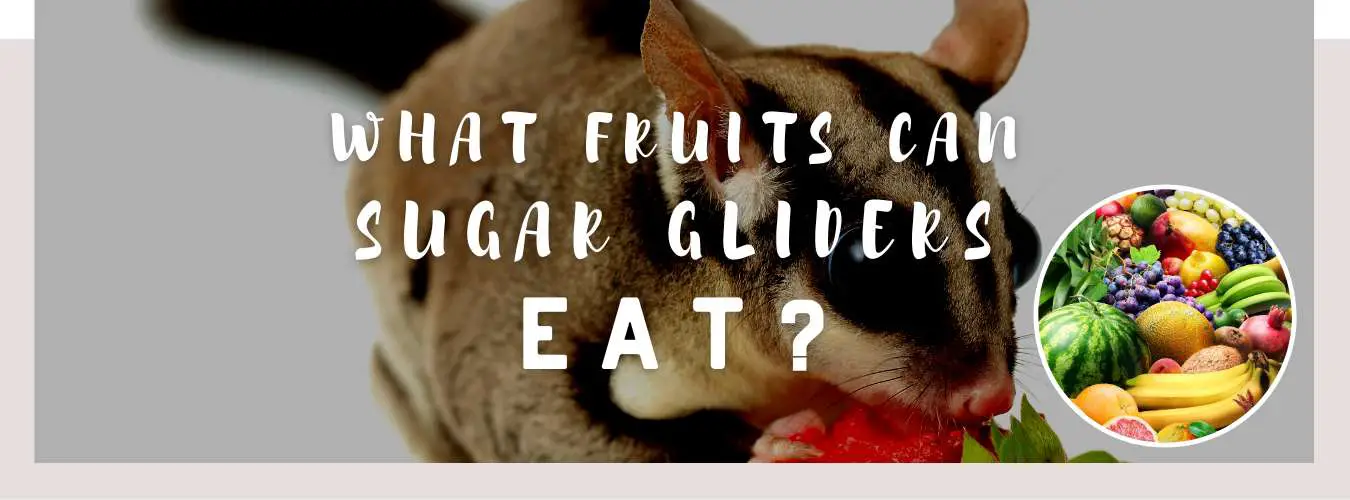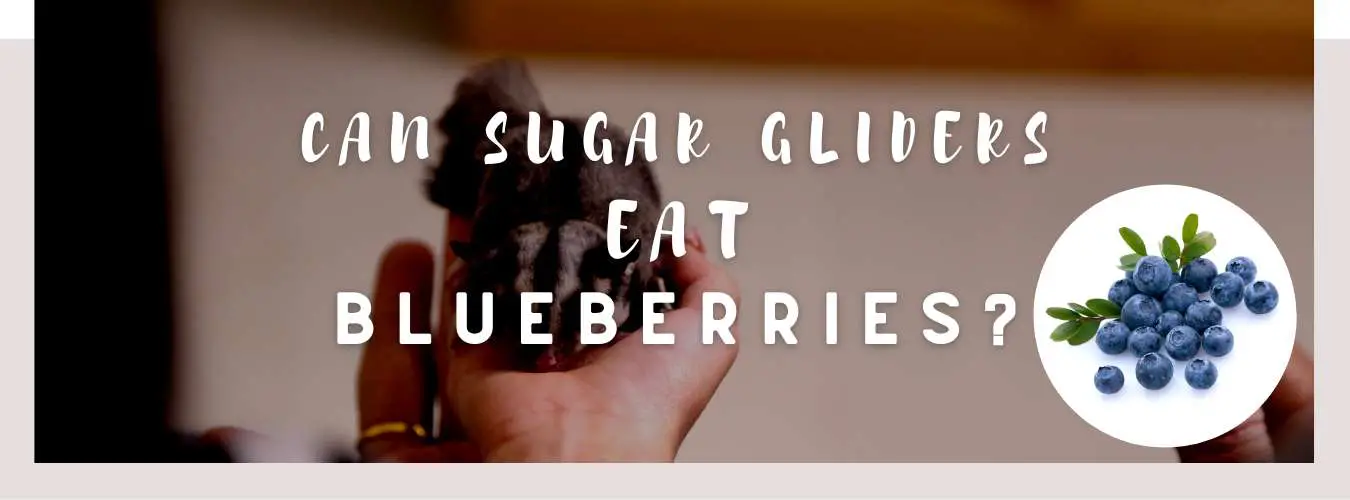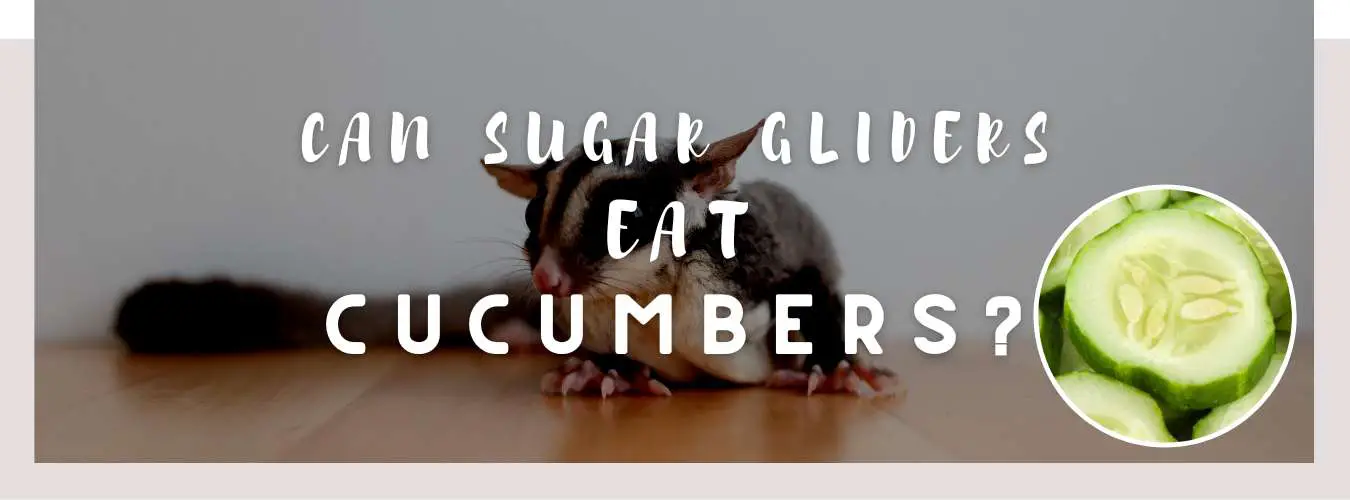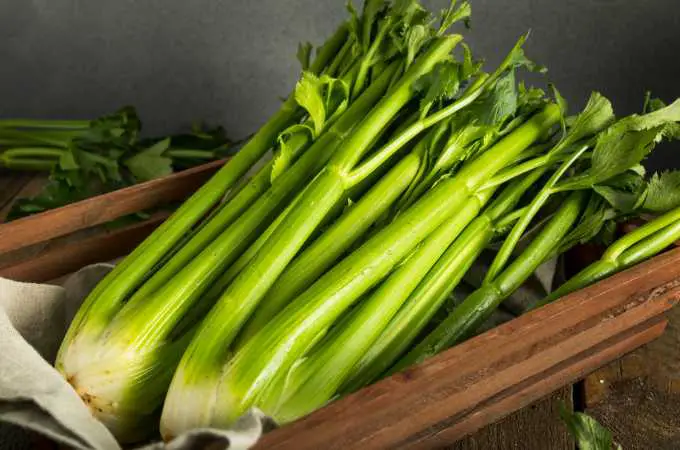
Sugar gliders, small marsupials native to Australia, Papua New Guinea, and Indonesia, have become popular pets worldwide. Known for their playful nature and gliding ability, these nocturnal creatures require a balanced diet to maintain their health. This article explores whether celery, a common vegetable, is a suitable addition to a sugar glider’s diet.
Nutritional Profile of Celery
Celery is known for its low-calorie content and high water composition. It is a good source of vitamins such as vitamin K, vitamin A, and folate, as well as minerals like potassium. However, its nutritional value needs to be analyzed in the context of a sugar glider’s dietary requirements.
Benefits of Celery in a Sugar Glider’s Diet
- Hydration: Celery’s high water content can help keep sugar gliders hydrated.
- Vitamins and Minerals: The vitamins and minerals in celery can supplement a sugar glider’s diet, contributing to their overall health.
- Low Calorie: As a low-calorie food, celery can be a healthy snack for sugar gliders without the risk of weight gain.
Potential Risks of Feeding Celery to Sugar Gliders
- Oxalates: Celery contains oxalates, which can accumulate and lead to health issues in sugar gliders.
- Digestive Issues: The fibrous nature of celery might be difficult for sugar gliders to digest.
- Imbalance in Diet: Over-reliance on celery can lead to nutritional imbalances, as it does not provide all the necessary nutrients for a sugar glider.
Recommended Quantity and Frequency
Moderation is key when introducing celery to a sugar glider’s diet. It should be given as a treat, not a staple food. A small piece of celery once or twice a week is sufficient. Always observe your pet’s reaction to new foods and consult with a veterinarian for personalized dietary advice.
You might also like: What Fruits Can Sugar Gliders Eat?
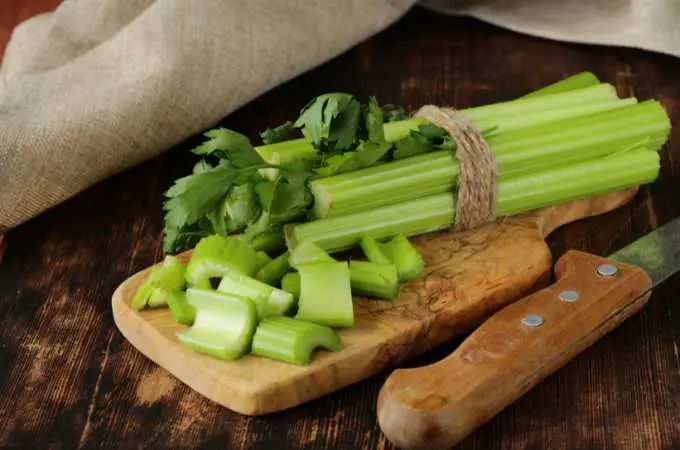
Understanding Celery and Its Components in Relation to Sugar Glider Health
Celery, while a common vegetable in human diets, has specific components that need to be understood in the context of a sugar glider’s dietary needs.
The Role of Fiber in Celery
Celery is rich in dietary fiber, which is essential for the digestive health of many animals. However, for sugar gliders, the fiber in celery can be both beneficial and problematic. While it can aid in digestion, too much fiber can lead to gastrointestinal issues such as bloating or indigestion. Therefore, it’s crucial to balance the fiber intake in a sugar glider’s diet, ensuring that it is neither too high nor too low.
Vitamins and Minerals Specifics
The vitamins found in celery, such as Vitamin K and Vitamin A, play vital roles in a sugar glider’s health. Vitamin K is crucial for blood clotting and bone health, while Vitamin A is essential for vision, immune function, and reproduction. Potassium, another mineral present in celery, is necessary for heart function and muscle contractions. These nutrients, when offered in moderation, can complement a sugar glider’s diet but should not replace their primary nutritional sources.
Hydration and Its Importance
Sugar gliders, being small animals, can easily become dehydrated, which can lead to serious health issues. The high water content in celery can be a great way to supplement their hydration needs, especially during hot weather or in dryer climates. However, it’s important to note that water from food should not replace their regular water intake.
How to Safely Introduce Celery into a Sugar Glider’s Diet
Introducing new foods to a sugar glider’s diet should be done cautiously and gradually.
- Start with Small Amounts: Begin by offering a tiny piece of celery to see how your sugar glider reacts. This gradual introduction helps in monitoring any adverse reactions.
- Observe for Allergic Reactions: Like humans, sugar gliders can have allergic reactions to certain foods. Watch for any signs of discomfort or allergic reactions.
- Consult with a Veterinarian: Before making any significant changes to your sugar glider’s diet, it’s always a good idea to consult with a veterinarian, especially one specializing in exotic pets.
You might also like: What Can Sugar Gliders Eat?
Balancing Celery with Other Dietary Needs
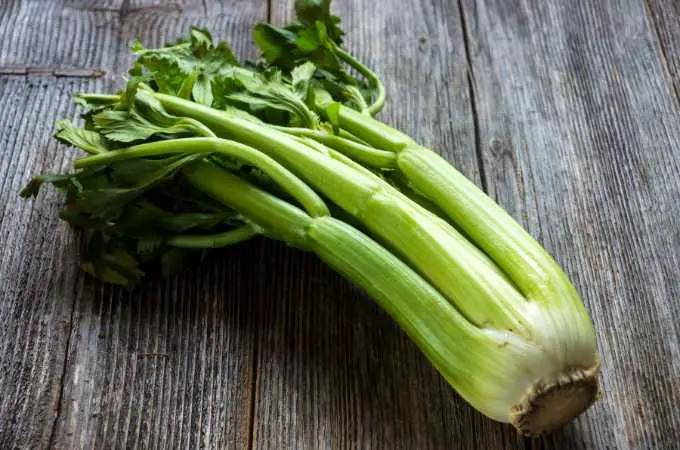
While celery can be a part of a sugar glider’s diet, it should be balanced with their other dietary needs.
Importance of a Varied Diet
Sugar gliders in the wild eat a variety of foods including nectar, fruit, insects, and small vertebrates. Mimicking this variety in captivity is crucial for their health. A diet consisting of a balance of fruits, vegetables, protein sources, and specialized sugar glider food formulas is ideal.
Avoiding Over-Reliance on Any Single Food Item
Relying too heavily on celery, or any single food item, can lead to nutritional deficiencies. A varied diet ensures that sugar gliders receive a broad spectrum of nutrients necessary for their overall well-being.
Monitoring the Impact on Health
Regular monitoring of your sugar glider’s health is essential when introducing new foods. Changes in weight, behavior, or stool consistency can be indicators of how well they are adjusting to the new diet. Regular health check-ups with a vet are also recommended.
Final Thoughts
Incorporating celery into a sugar glider’s diet can offer benefits such as additional hydration and nutrients. However, it must be done with caution, ensuring that celery is only a small part of a well-balanced diet. The key to a healthy sugar glider lies in dietary diversity, careful monitoring, and professional advice from a veterinarian. By understanding and respecting the unique dietary needs of sugar gliders, pet owners can ensure their furry friends lead a healthy and happy life.
Contents
- 1 Nutritional Profile of Celery
- 2 Benefits of Celery in a Sugar Glider’s Diet
- 3 Potential Risks of Feeding Celery to Sugar Gliders
- 4 Recommended Quantity and Frequency
- 5 Understanding Celery and Its Components in Relation to Sugar Glider Health
- 6 How to Safely Introduce Celery into a Sugar Glider’s Diet
- 7 Balancing Celery with Other Dietary Needs
- 8 Final Thoughts

